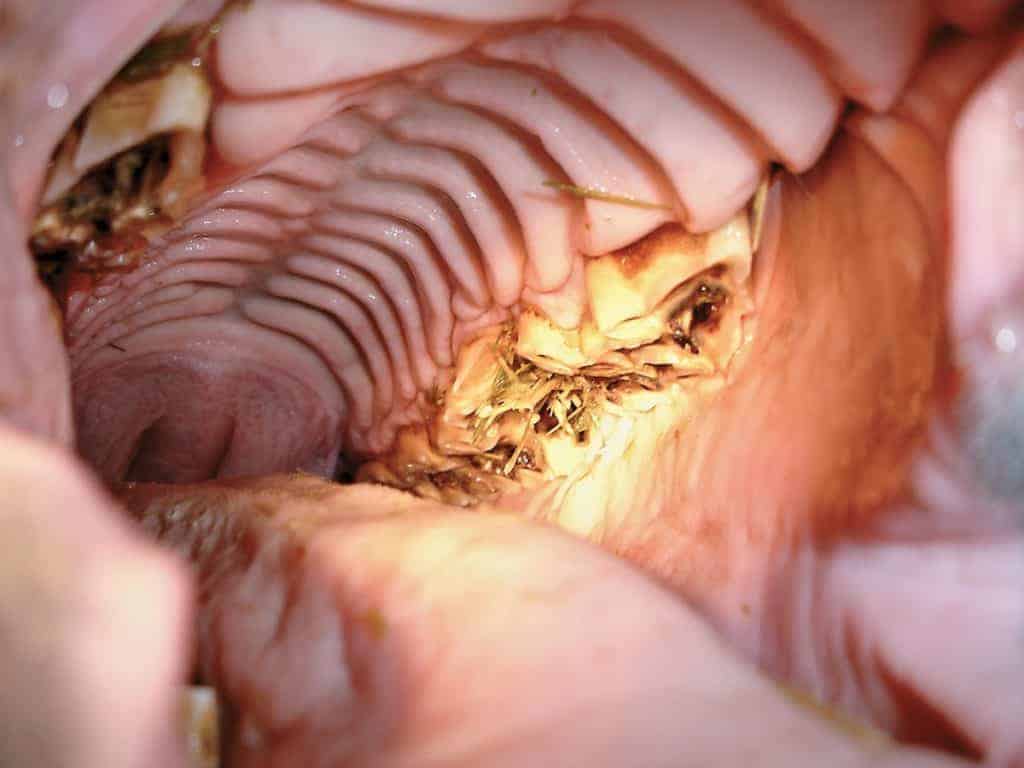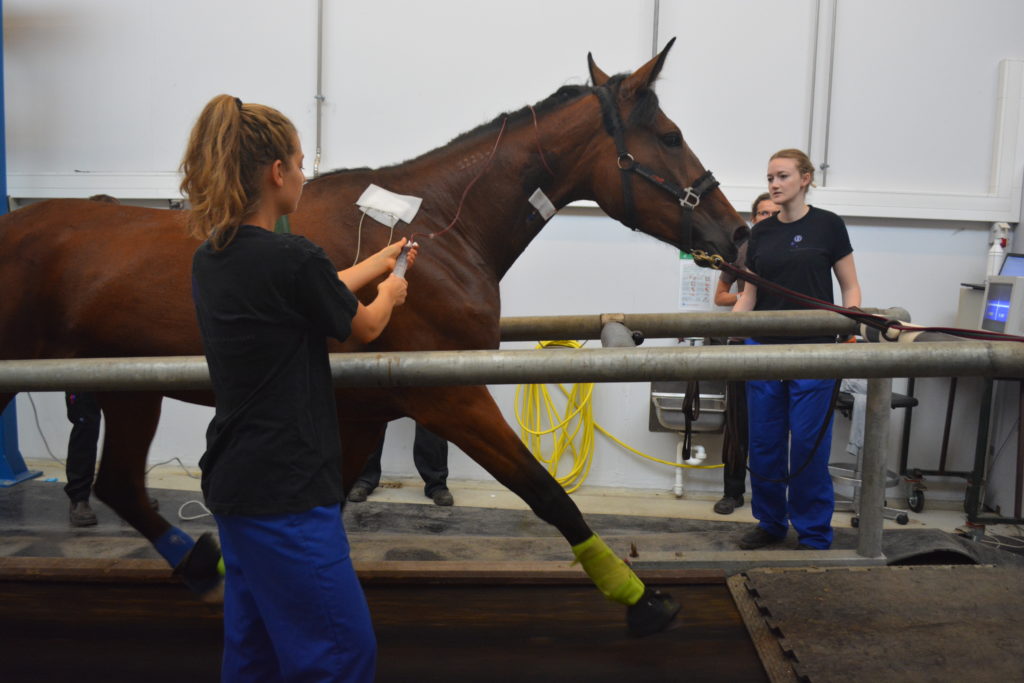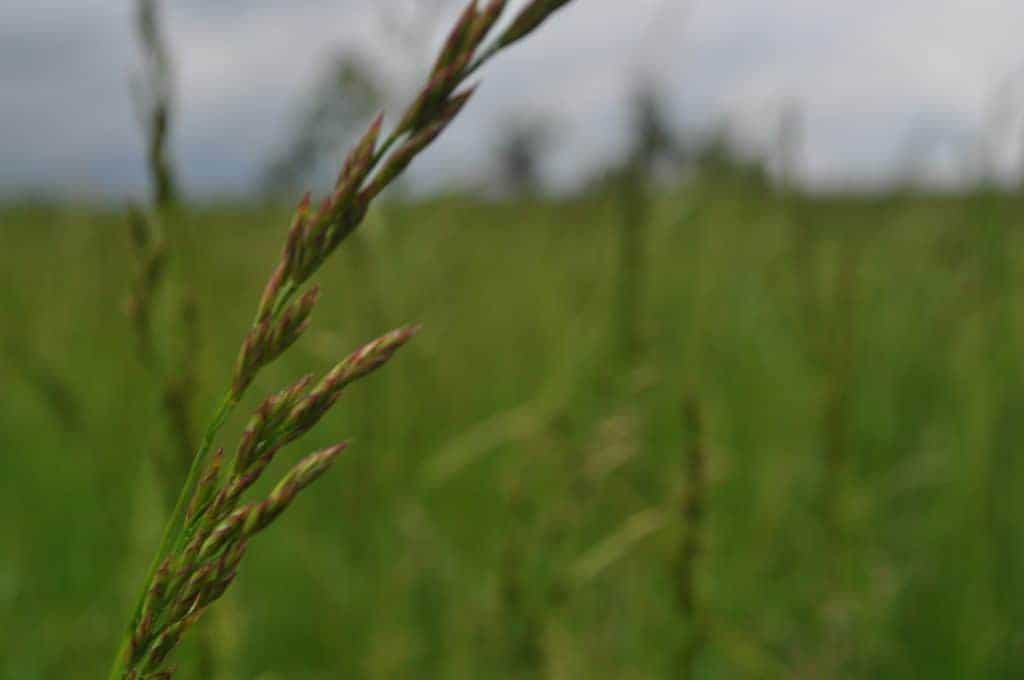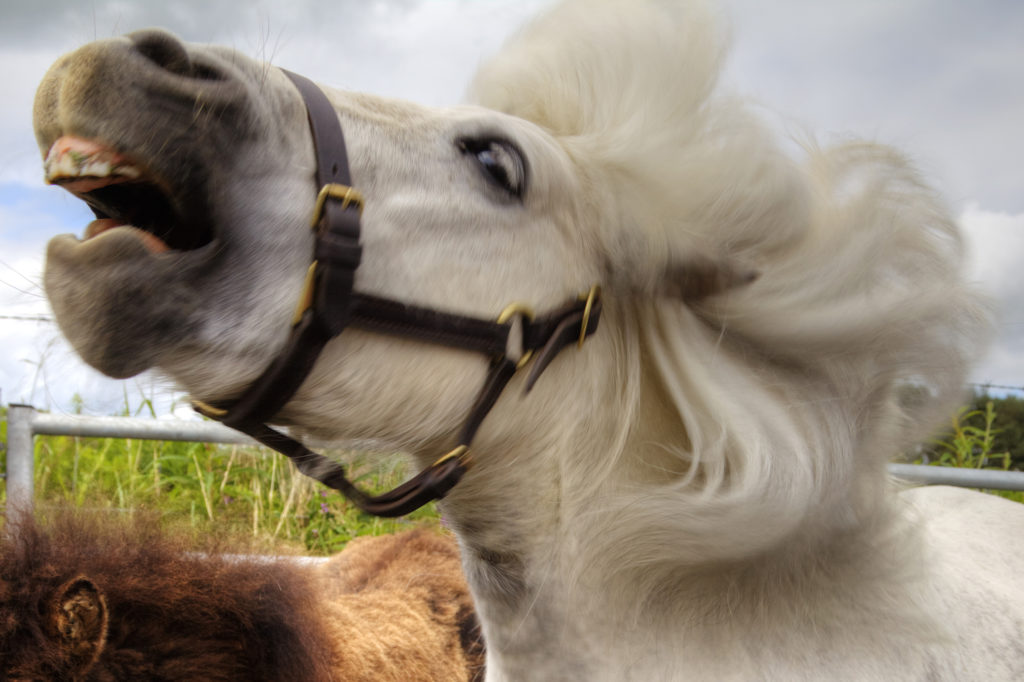
Back to Basics: Dental Anatomy
Your horse’s teeth play a key role in keeping him healthy. Here’s what to know about their structure and function.

Your horse’s teeth play a key role in keeping him healthy. Here’s what to know about their structure and function.

Dr. Liz Arbittier encourages owners and caretakers of senior horses to call their vet if they notice any changes in health or behavior, even when it seems minor, to identify issues and begin treatment early. Here’s what to watch for.

The modern horse’s dentition results from millions of years of evolution in response to changing food sources and climates. Likewise, how veterinarians treat today’s equine teeth must evolve and improve constantly.

As much credit as we give horses for their metaphorical hearts, the actual blood-pumping organs generally get far less attention than other bodily systems. Take an in-depth look at the cardiovascular exam, common cardiac abnormalities, and treatment options.

The condition of your horse’s teeth can have a big impact on how he’s fed. Here’s what to know.

Dr. Dominic Dawson, an internal medicine specialist at the University of California, Davis, discusses important old horse dental issues and makes dental care recommendations for aging equids.

Are your horse’s teeth bothering him? Here are some common signs to watch for.

The foal’s dam developed atypical myopathy in the sixth month of gestation. The foal, born at full term, was eventually euthanized due to atypical myopathy complications.

Researchers observed abnormally high heart rates and atypical heart beats in horses with atrial fibrillation, findings they said were surprising and scary.

Studies suggest that more than half of certain horse populations in the U.K. are overweight or obese. As such, BEVA urges owners to act now to reduce the risk of their horses suffering weight-related health and welfare risks come spring.

Some horses that consume monensin eventually recover—a few even return to work—but it hasn’t been clear how toxicity impacted their hearts and subsequent athletic performance. Here’s what researchers learned.

Tall fescue is one of the most widely grown perennial grasses in the world and covers approximately 37 million acres in the United States alone. But some varieties can be detrimental to horses. Here’s what you need to know if you have tall fescue in your pastures.

There’s a nerve-tingling explanation behind many equine headshaking cases. Here’s what you need to know.

An OTTB who’s been off the track for three months tilts her head during bridling and at liberty. Could she be in pain? An internal medicine specialist weighs in.

When it comes to feeding your horses, don’t make the same mistakes you’ve made in the past in the new year.

In this two-part presentation from the University of Kentucky, learn about “Research Into Managing Horses and Cattle on Fescue Pastures” from Dr. Jamie Mathews and “Grazing Mares on Novel Endophyte Fescue” from Dr. Karen McDowell.
Stay on top of the most recent Horse Health news with
"*" indicates required fields